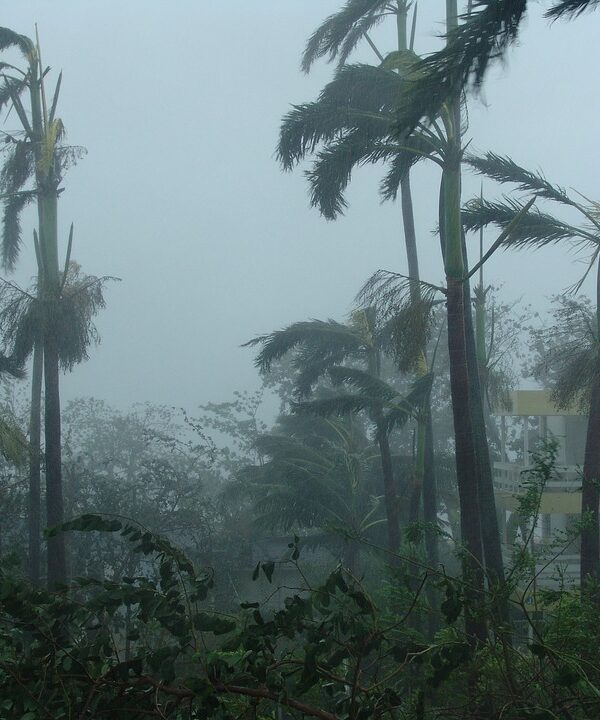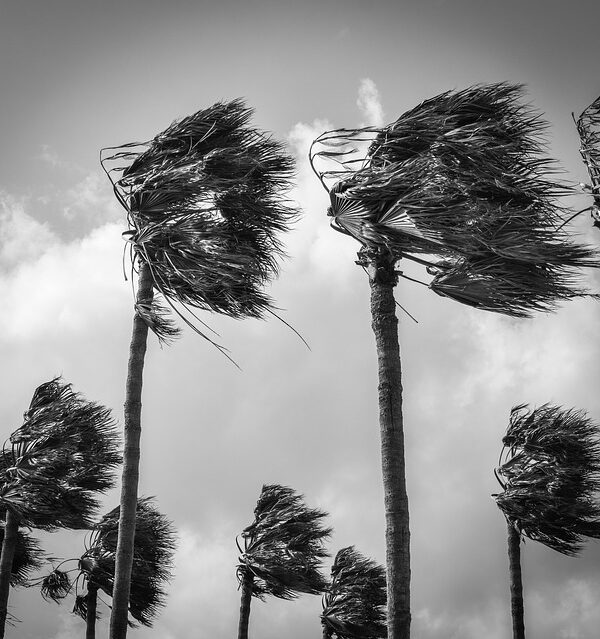Courtesy of iii.org Following a hurricane or other disaster, getting back to normal can take some time. To assist in the recovery process, the Triple-I has compiled useful information around post-disaster safety and insurance coverage questions, with detailed guidance on how to file a claim. https://www.iii.org/article/background-on-hurricane-and-windstorm-deductibles https://www.iii.org/article/background-on-insurance-fraud#Catastrophe-related https://www.iii.org/article/boat-insurance-and-safety https://www.iii.org/article/do-i-need-flood-insurance-for-my-home https://www.iii.org/article/does-my-business-need-flood-insurance https://www.iii.org/article/environmental-liability-insurance Safety and resources for recovery Following a hurricane, new perils brought by the storm can pose risks. And if you have evacuated, it might not be safe to go back home. The following articles provide information and guidance to keep you and your loved ones safe in the …
Hurricanes
It’s Hurricane Season, Follow These Guidelines
Courtesy of iii.org Hurricanes are violent and dangerous to your family and your home. When a hurricane threatens to bear down, make sure that you know how to batten down your hatches and protect yourself, your loved ones and your property. When it's hurricane season Hurricane season starts June 1 and runs through November 30. But don't wait until a warning—take steps to prepare in advance for a potential hurricane—it's the best way to protect your family, your home and your business. For more preparedness tips, handy checklists (including ones you can personalize yourself) and evacuation planning advice to cover a variety of disasters, get the I.I.I.’s Know Your Plan app. It's a great tool to help get you and your family—including pets—organized and ready to act more quickly if a hurricane or other emergency strikes. When a hurricane watch is issued A hurricane watch is issued when there is a threat of a hurricane within a 24-36 hour period. At that time, you …
Insurance & Coral Reefs
Courtesy of iii.org Hurricanes and storm-related flooding are responsible for the bulk of damage from disasters in the United States, accounting for annual economic losses of about $54 billion, according to the Congressional Budget Office (CBO). These losses have been on the rise, due, in large part, to increased coastal development. More, bigger homes, more valuables inside them, more cars and infrastructure – these all can contribute to bigger losses. The CBO estimates that a combination of private insurance for wind damage, federal flood insurance, and federal disaster assistance would cover about 50 percent of losses to the residential sector and 40 percent of commercial sector losses. Recent research illustrates the benefits provided by mangroves, barrier islands, and coral reefs – natural features that frequently fall victim to development – in terms of limiting storm damage. In many places, mangroves are the first line of defense, their aerial roots helping to reduce …

